As the group finds another spot for their historical trip, they targeted the City of Malabon for it's numerous old houses and churches preserved. For someone who's not "tubong Malabon" efforts must be made to fully understand and appreciate the beauty and the history of the city.
 |
| source of picture |
The city is situated in the Northern Sector of Mega Manila, bounded on the North by the City of Valenzuela, on
the West and Southwest by the City of Navotas, and on the East and
Southeast by Caloocan City.
Malabon was founded by the Agustinians on May 21, 1599 and was then known as Tambobong for its numerous bamboo trees and abundant bamboo shoots. Later, during the Spanish era, the place was then called Malabon-- "mala" for the mud that dirtied leather shoes and "bon" for its fresh air and excellent cuisine.
Malabon was officially made a municipality of the newly-created province of Rizal on June 11, 1901 by virtue of Philippine Commission Act No. 137.
When Act No. 942 was promulgated, Malabon was merged with Navotas under a new government.
On January 16, 1906, Act No. 1441 separated Malabon from Navotas into
two distinct municipalities of the Rizal province.
 |
| source of picture |
And on November 7, 1975, Malabon became a part of Metro Manila through Presidential Decree No. 824.
The first mayor of Malabon was Don Agustin Salamante, a Spanish mestizo originally from Cavite.
With the recent population census, Malabon city has a total population of 347 484 with 21 barangays having commercial fishing as their industry and their known for their "bagoong" or fish paste products.
The striving city have lots of accomplishments in improving and developing their town together with the infrastructures that have been made for the benefit of the people themselves.
From the 1939 Municipio on the right, to the old city hall in the middle before it became the present City Hall on the left.
source of picture
To the Oreta Sports Center built to boost morale, recreation, and welfare for the entire constituencies. The Malabon City Digital Infrastructure Project (MCDIP) which aims to provide efficient delivery of services to its
constituents, to ensure effective and efficient collection of
taxes and fees, and to institute transparency; as well as to improve business transactions
within the LGU. And many more projects and programs of the incumbent mayor and officials.
Just So You Know:
The first issue of the La Indenpendencia, the official publication of the revolutionary government, were printed in Malabon's Asilo de Huerfanos on September 3, 1898.
Asilo de Huerfanos was an orphanage built to house the orphans of the plague in 1882.
 |
| source of picture |


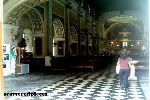

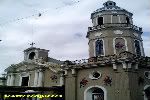
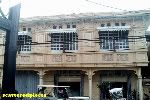
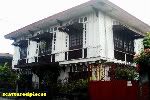
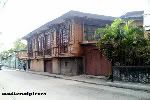
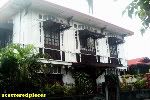
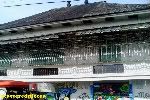
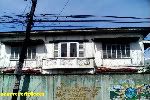




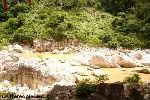









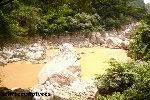



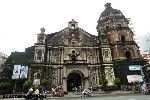
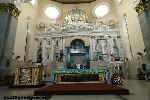

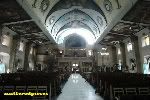










0 (mga) komento:
Mag-post ng isang Komento